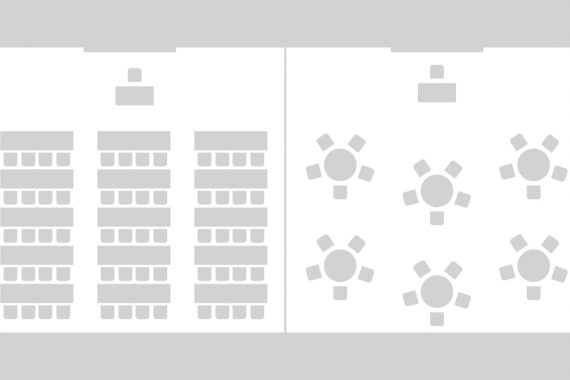
What is the difference between Indian and Western classrooms?
The biggest difference is in terms of space available for a single classroom. Even the most elite schools in India struggle with space constraints within the campus. With the desire to have more and more students per classroom, Indian schools are facing serious problems of classroom congestion. Mainly because of this reason, most classrooms are outfitted with multiple user tables where students are made to sit together – from 2 to 4 students per table.
The space constraints also mean that as opposed to the 2.5 ft. long work areas that students get in the USA, Indian students only get 2 ft. This difference becomes very noticeable when students have a lot more on their desks apart from just one notebook – like laptops, textbooks and stationery. Also, assuming an average shoulder width of about 2 ft., this means that students also get only just enough seating for themselves. Such a tight packing of students is not healthy.
Another problem that Indian schools and colleges face is that even if a more progressive way of thinking is implemented, techniques like collaborative learning will still face roadblocks because these schools and colleges do not have the space infrastructure to support these forms of learning with current student densities.
This space constraint begs for the proper consideration during the design phase to maximise student comfort, improve interactivity and hence increase focus.
The second difference is that in India, each class has a specific classroom and the students must be seated there continuously for long periods of time, as opposed to Western Countries where each teacher has a classroom to his/herself and the students need to shift between these rooms for each class.
Our compact series of classroom furniture is carefully designed with these space constraints in mind to minimise space wastage and maximise student comfort especially in India where students can be seated in class for even 8 hours a day.
